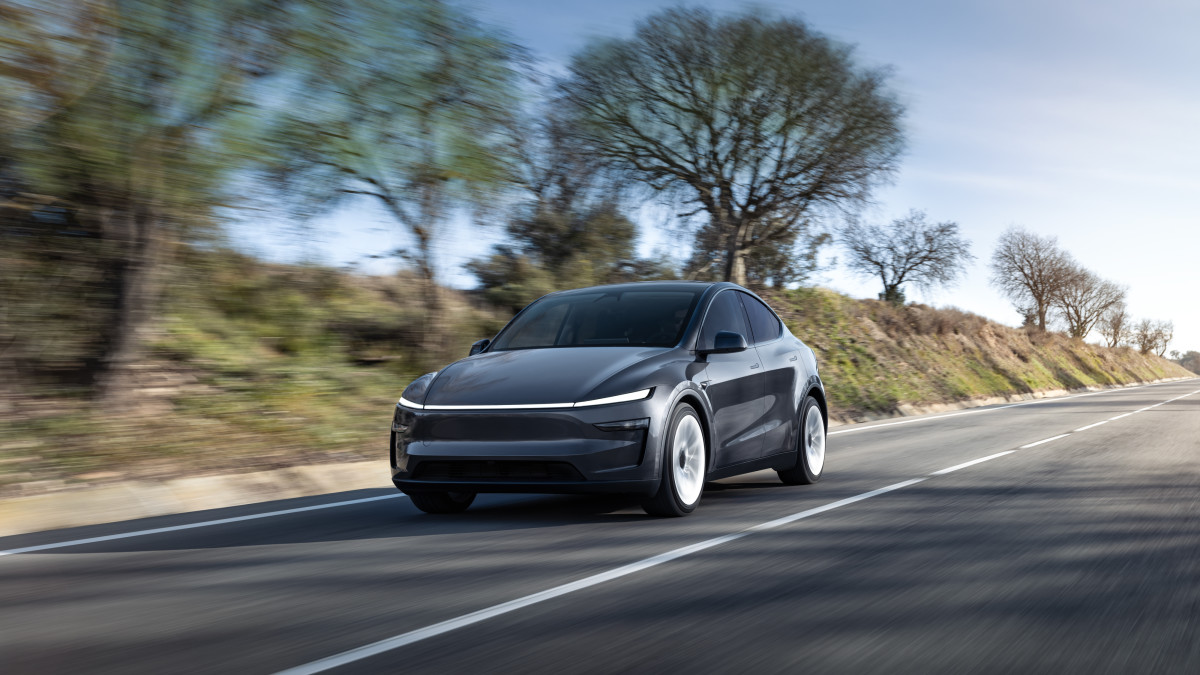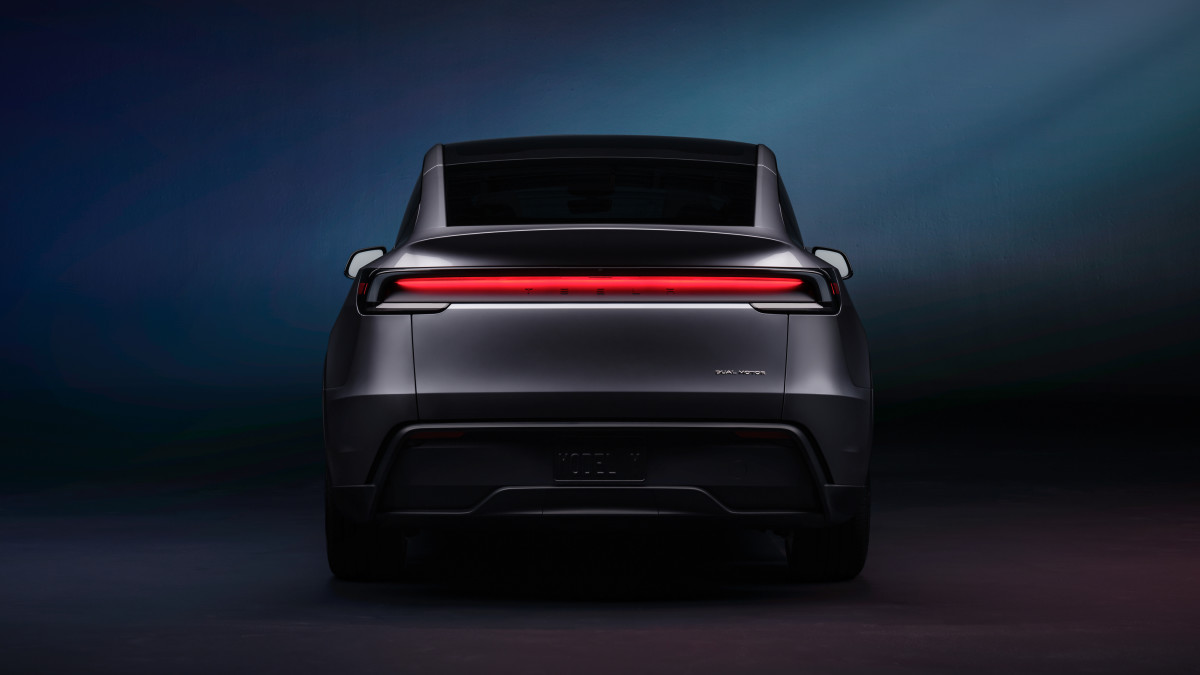Tesla’s Robotaxi Plans Under Scrutiny

If you’ve been following Tesla’s adventures with self-driving, there’s a new twist. The NHTSA (National Highway Traffic Safety Administration) wants some answers from Tesla about their upcoming robotaxi service. They’ve got a long list of questions about how this self-driving tech is going to perform, especially since it doesn’t use LiDAR like some other companies do. Instead, Tesla’s tech relies mostly on cameras, which has caught the NHTSA’s attention, particularly for its performance in low-visibility conditions. Safety officials have been digging into this since there have been a few accidents tied to Tesla’s self-driving programs.
Now, the thing that’s been making waves is Tesla’s Full Self-Driving (FSD) software. Right now, it’s considered a Level 2 autonomy, which means drivers still need to keep their hands on the wheel. But Elon Musk has hinted at a new, “unsupervised” version of FSD that’s supposedly up for deployment soon. Comparatively, Waymo’s services operate with a Level 4 tech, which includes fancy systems like LiDAR for navigation. The NHTSA is also looking into Tesla’s FSD because there have been some incidents, including a fatal crash back in 2023.
NHTSA’s Inquiry

When it comes to specifics, the NHTSA is asking Tesla for quite a lot of information. They’re looking for details on how the robotaxi system works—like what tech it uses, how many vehicles are hitting the streets in June, and whether Tesla needs to get any special safety exemptions. They’re also curious about when this tech might be available to others outside Tesla and if there will be folks monitoring these cars in real-time as they roll out.
The NHTSA letter requests info about Tesla’s robotaxi sensors, how the cameras and other sensors play together, and if there’s any difference in how the “unsupervised” FSD operates versus the supervised one. It’s all about understanding who has control over the car in different situations, like when it needs to manage speed or perform special maneuvers.
Summing It Up
This whole situation could be a big deal for Tesla as they get ready to launch their robotaxi service in Austin, Texas. There’s a lot of promise here, too. Musk has suggested that Tesla’s tech may be cheaper to scale than what competitors like Waymo are doing. However, without addressing the NHTSA’s inquiries, potential delays could stall the robotaxi deployment.
Tesla’s chosen the Model Y for the initial roll-out, setting the stage for what’s likely going to be a remarkable step in Tesla’s autonomous tech journey. But until the NHTSA gets what it’s asking for, everything’s a bit in limbo despite Musk’s bullish targets. It’s an exciting yet challenging time for Tesla, and only time will tell how well they navigate these obstacles.
Ferrari Price Plunge
De Tomaso P72 Launches
Nissan's Big Shift
Jeep's Wild Dock Dive
Ford Electric Capri